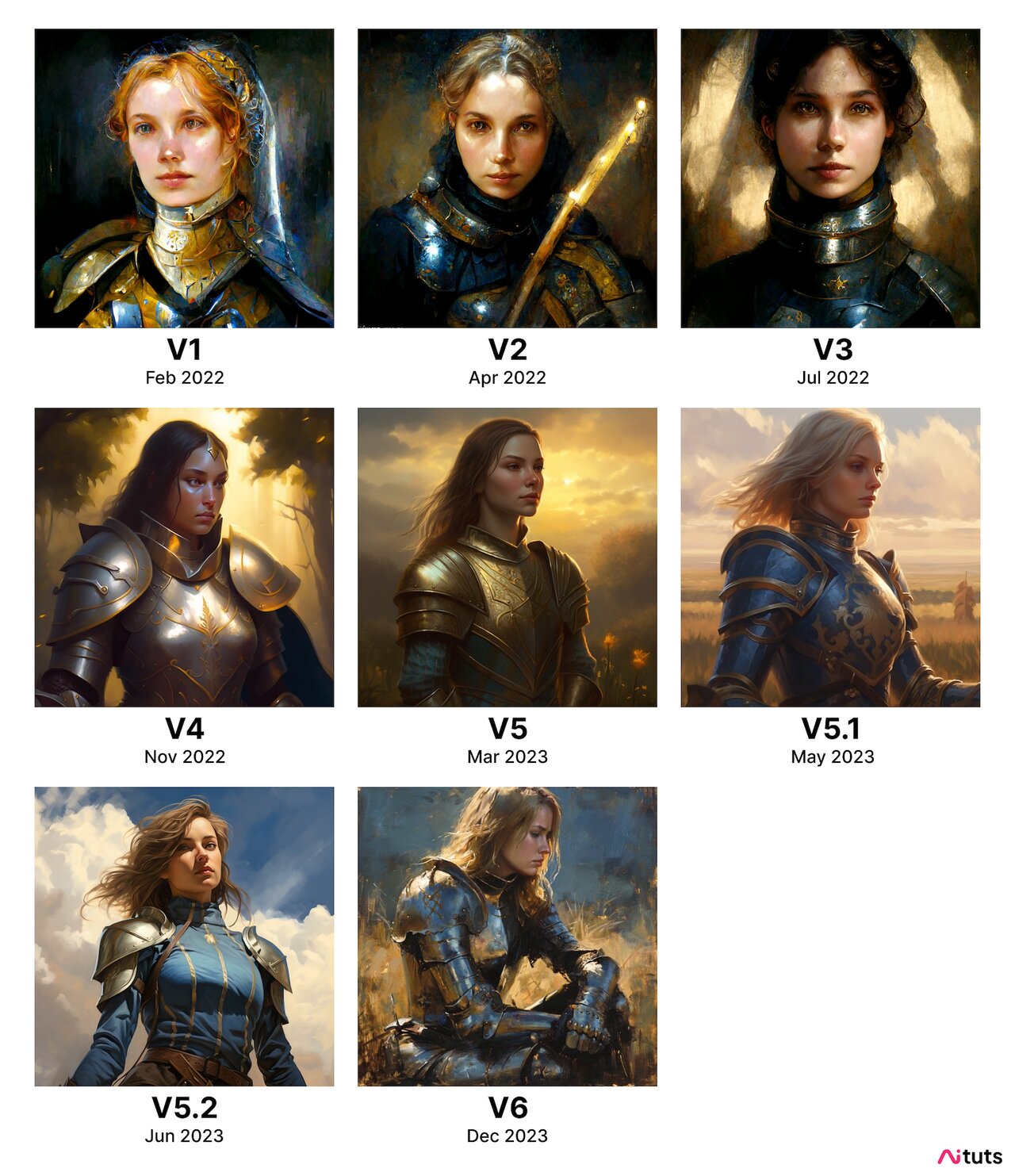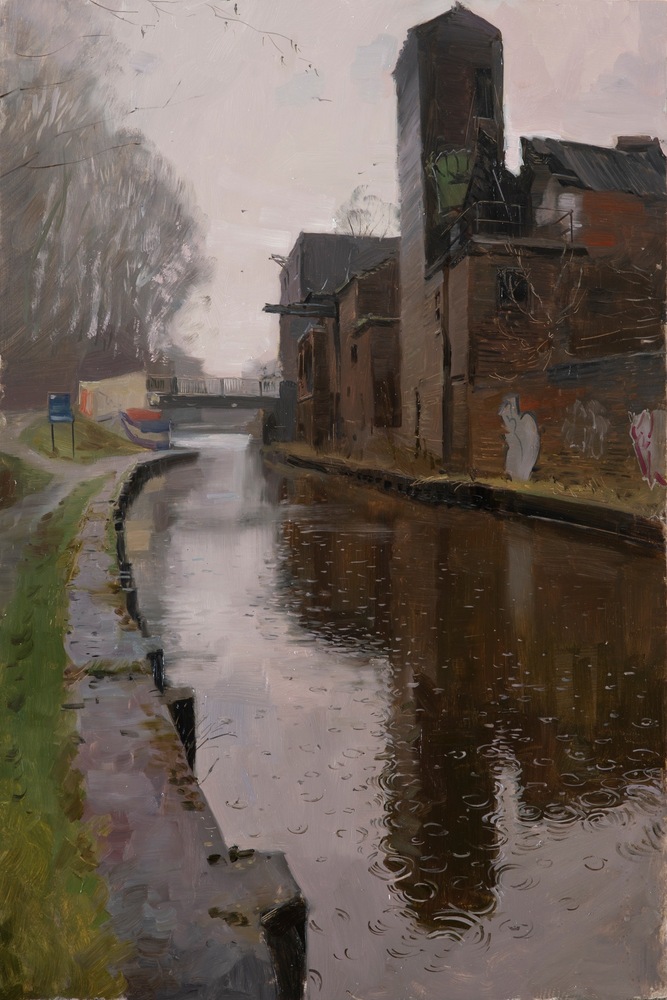22/02/2024
Why I’m Optimistic about AI Art
AI adoption will be shaped by art and artists as much as technologists
There are two main themes that appear in most arguments for why AI art shouldn’t be considered ‘real’. I aim to address those here. But, more importantly than going round the houses on the subjectivity of art, I’ll outline why I think AI art is here to stay and why artists will be as important as ever.
Using example images, writers often demonstrate that AI generations are not art either based on the technical quality of the image, or the lack of imagination or originality of the human involved (referred to here as the artist). The technical argument tends to amount to sneering at the defects and idiosyncrasies inherent in early AI generations: hands with too many fingers; glasses that merge with eyes; limbs and roads that lead to nowhere. This is willfully myopic. AI systems are currently the worst they’ll ever be and they’ll get much better very quickly. The quality and flexibility improvements between Midjourney V1 and Midjourney V6 in just two years has surprised even the most optimistic AI proponents. As the models improve further, and begin to be integrated into AI-native hardware (think robots with paintbrushes), I think it’s safe to assume that technical production will be only a minor consideration in what can be created with AI tools. Furthermore, we don’t like the art we like purely in appreciation of its technical execution. We do so because of the artist’s deployment of the medium in portraying the particular aspect of the subject they’re drawing our attention to. An oil painting of a canal on a rainy day stirs up completely different emotions to a photo —despite the photo being a truer reproduction of reality. As our shared pallette becomes more finely-tuned to AI as a medium, and we better understand what using it involves, it will become more transparent and the artist on the other side more clearly visible. We will be able to see the effort that’s gone into the piece, much like we do with human art.


As the sheer quantity of AI art present online increases, bad generations will be buried by themselves like spam comments under blog posts. This stuff, just part of the behemoth of random images floating around on Google, will not be considered art by anyone, and the high quality work will rise to the top. I think that skilled artists will begin to recreate the defects of early ai art and use them to explore relevant themes. Entangled limbs at a packed house party. Mother and baby merged into one skin. Fever dream scenes and escher-esque worlds. The use of AI across the creative and technical industries will throw up further questions to be similarly explored. What does AI-design mean for the fast-fashion world? How will the visual identity of our cities change? The possibility of accurately recreating the styles of historic artists is profound, what will be the legal and cultural ramifications? Artists will be vital —as they always have been— for unpicking these questions and shaping our AI-assisted future. Life imitates art. The conceptual skyscrapers laid out in Hugh Ferriss’ 1929 book The Metropolis of Tomorrow don’t look all that different from today’s. Much of the consumer technology we use every day is inspired by sci-fi literature. Technicalities can only ever restrict our horizons; imagination is required to broaden them.

Democratising the means of artistic production will accelerate the ends. The direction of travel for art has long been towards easier (re)production. Walter Benjamin predicted in his 1935/36 essay The Work of Art in the Age of Its Technological Reproducibility that there would come a disenchantment (or Entzauberung) with art —that it would lose its “aura”. So far, this hasn’t happened. Art has not only withstood but embraced and flourished alongside the printing press, the camera, and the computer. I don’t see why AI should be any different.